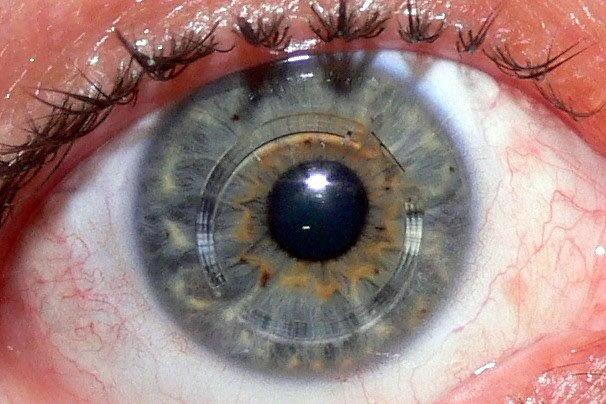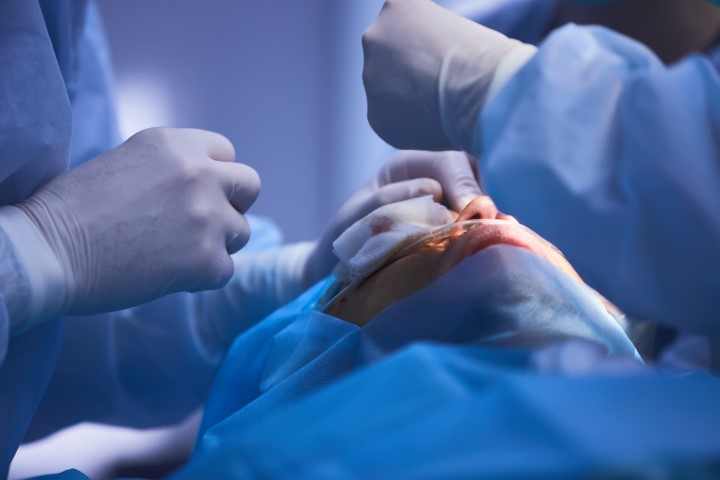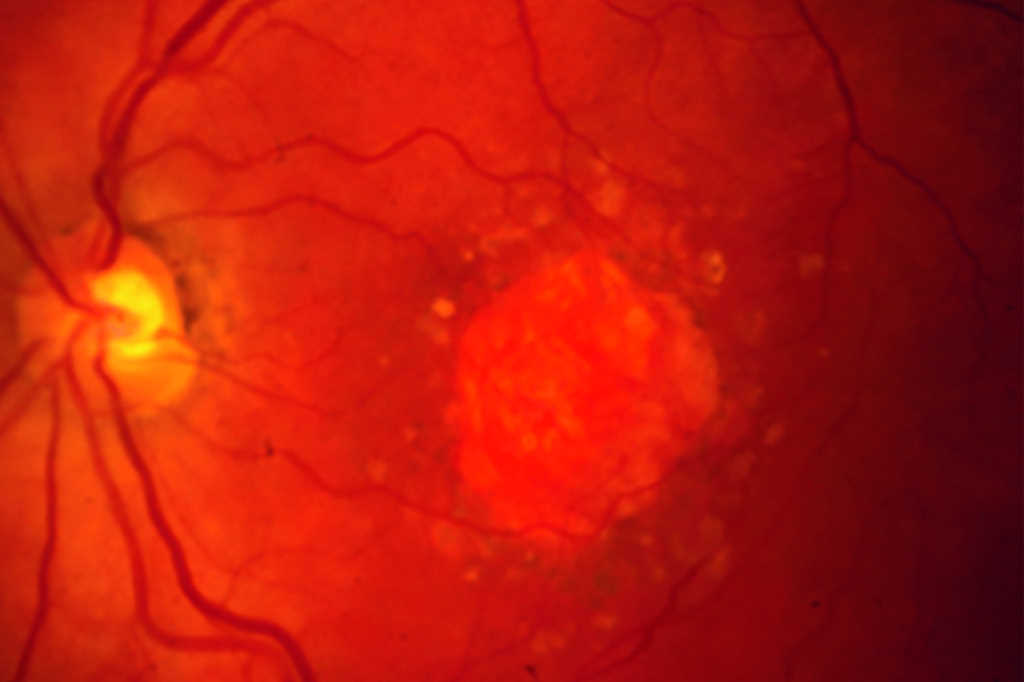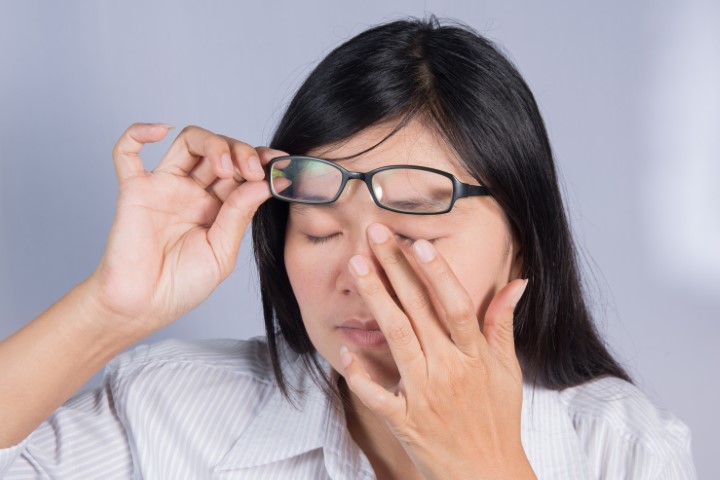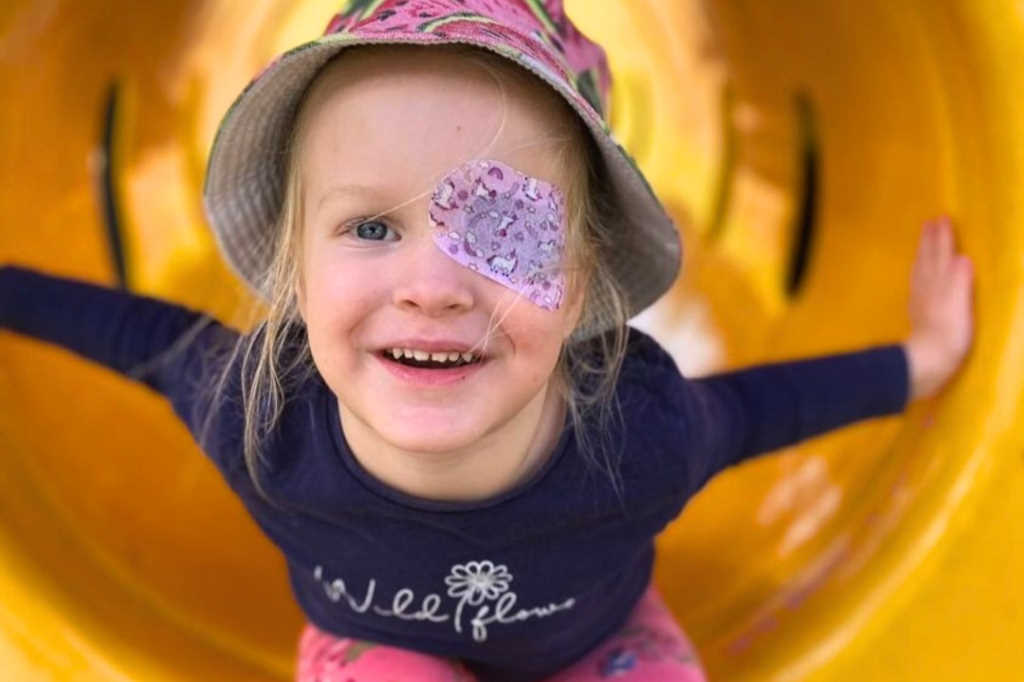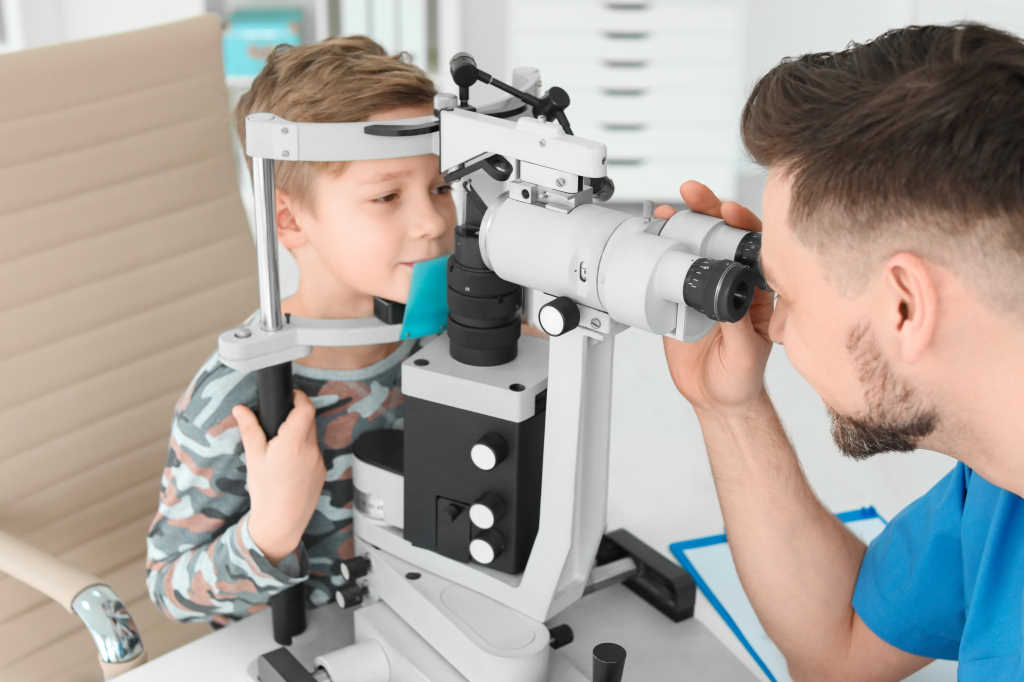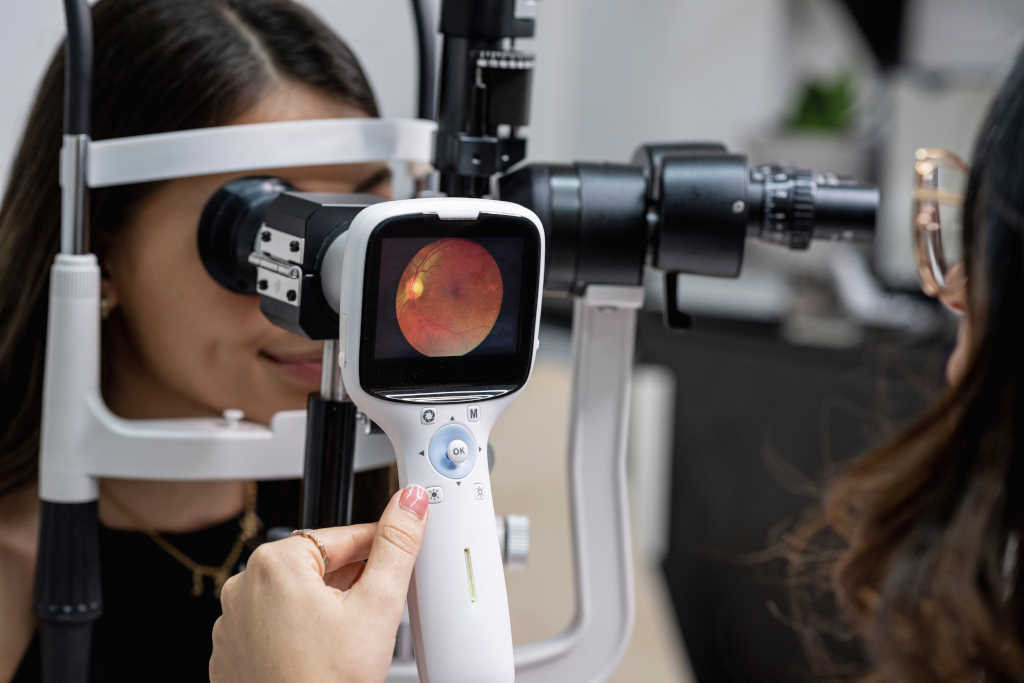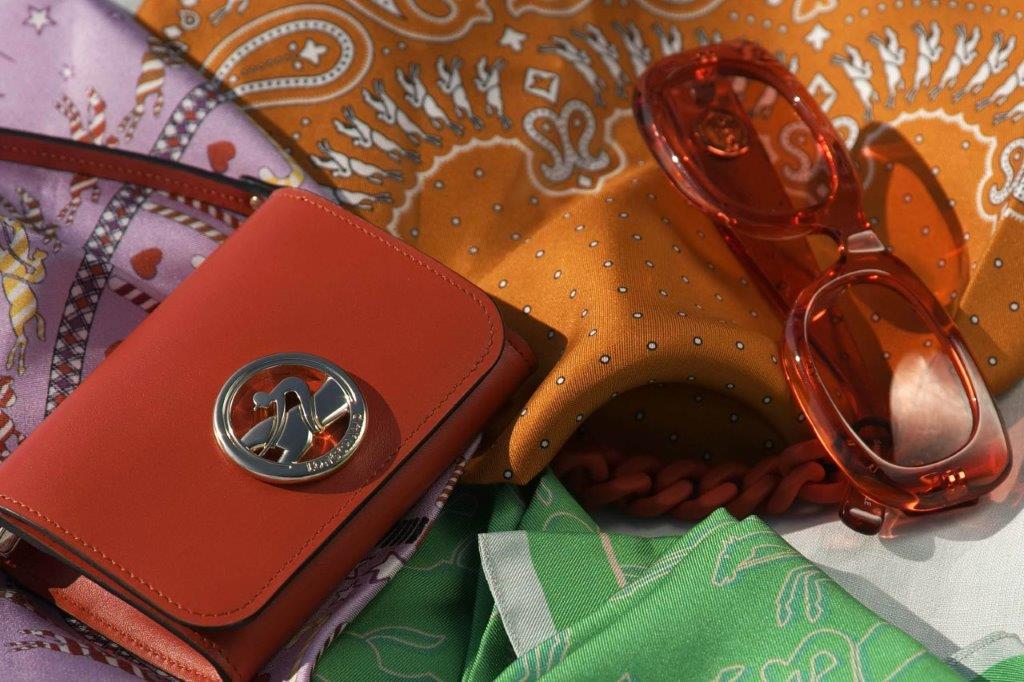Paediatric and cornea research review
Efficacy and safety of 0.01% and 0.02% atropine for the treatment of paediatric myopia progression over three years – CHAMP study
Karla Zadnik et al
JAMA Ophthalmol. 2023 Oct; 141(10): 990–999
Review: This paper covered the three-year results of the Childhood Atropine for Myopia Progression (CHAMP) phase 3 randomised clinical trial that evaluated the efficacy and safety of low-dose atropine at concentrations of 0.01% and 0.02% vs placebo to treat myopia progression in children.
This double-masked, parallel-group, randomised clinical trial of placebo vs low-dose atropine 0.01% and 0.02% (2:2:3 ratio) was conducted from November 2017 to August 2022. Participants were recruited from 26 sites in North America and five European countries.
The primary efficacy endpoint was the proportion of participants’ eyes showing less than 0.50D myopia progression from baseline (responder analysis) at month 36 for atropine, 0.02%, vs placebo. Secondary endpoints were defined as the responder analysis for atropine, 0.01%, and change from baseline for spherical equivalent refractive error (SER) and axial length for both doses at month 36.
The CHAMP study concluded that 0.02% atropine vs placebo did not significantly increase the proportion of participants’ eyes responding to therapy; however, 0.01% atropine increased the responder portion and reduced both myopia progression and axial elongation vs placebo over three years of therapy.
Comment: These are very interesting findings, highlighting that 0.01% atropine is effective in myopia control. Other studies have previously shown that 0.01% atropine is not an effective treatment for myopia control.
Epidemiological trends of ocular injuries in infants
Marko Oydanich et al
J Pediatr Ophthalmol Strabismus, 2023 Jul-Aug;60(4):e41-e44.
Review: With ocular injury among paediatric patients well documented, the authors of this study focused on the most vulnerable group of infants, aged 0-12 months. This article describes the demographics and characteristics of ocular injuries among infants using data derived from the National Electronic Injury Surveillance System (NEISS) in the US over 10 years.
A total of 21,013 cases of consumer-product-related ocular injuries were identified in the infant population during the study period. The number of infant ocular injuries over the study period was 1,910 ± 261 cases per year. Males accounted for 55% of the total injuries, with the highest proportion occurring between nine and 12 months of age (54.9%) in both males and females. Demographics of the study population revealed that White individuals accounted for the majority of injuries (45.3%), with Black individuals accounting for 12.1%.
Most infant ocular injuries occurred at home (71.0%), with most of these occurring during the summer months. Contusions were the most common injury type (45.8%) among all races and were more common in boys than in girls (51.8% vs 38.5%).
Among the hazards responsible for injuries, toys were the most common (12.9%) consumer product in the one- to four-month age cohort, detergents in the five- to eight-month (21.6%) cohort and chemicals for the nine- to 12-month (34.0%) cohort. Interestingly, chemical burns occurred more frequently in girls than in boys (15.9% vs 8.9%) and open-globe injuries occurred in 29 patients (0.4%) and were more common in infants older than four months.
Comment: Results of the current study reveal infants are at an unexpectedly high risk of ocular injury, especially those older than eight months. Given that most of these injuries occur in the home environment, increased vigilance among parents and daycare personnel is required to prevent these injuries, which potentially lead to permanent vision loss. Infants should be monitored regularly after significant ocular injury to ensure proper ocular development and function.
Effect of ISCR segments on in vivo corneal biomechanics in keratoconus: one-year results
Vinciguerra, Riccardo et al
Journal of Cataract & Refractive Surgery 49(12):p 1258-1263, December 2023.
Review: In this prospective single-centre, clinical study, authors evaluated the dynamic response of the cornea, measured by Corvis, after implanting intrastromal corneal rings (ISCR) in 30 keratoconus (KC) patients.
The ‘primum movens’ of the pathogenesis of KC is a focal reduction in corneal biomechanics that, together with eye rubbing, starts a cycle of decompensation leading to increased curvature and reduced corneal pachymetry. There are several principles for the treatment of KC, which vary depending on visual acuity and evidence of progression. Although there is evidence that ICRS implants alone can improve the shape of the cornea and stop disease progression, even in the long term, the exact mechanism by which the cycle of biomechanical decompensation of KC is interrupted has not been investigated.
This study’s authors highlight the use of the Corvis ST (Oculus) and its dynamic corneal response parameters, which correlate with corneal overall stiffness. At mean follow-up at 15 months, ICRS implantation induced significant improvement in corneal biomechanics measurement.
Comment: This article highlights that ICRS for KC not only alters the shape of the cornea and improves visual acuity, but also significantly increases cornea stiffness, likely due to increased structural support.

Dr Rasha Altaie is a consultant ophthalmologist specialising in cornea and anterior segment disease and paediatric ophthalmology. She is a senior lecturer at the University of Auckland and works as a specialist with Te Whatu Ora in Counties Manukau and Milford Eye Clinic.










